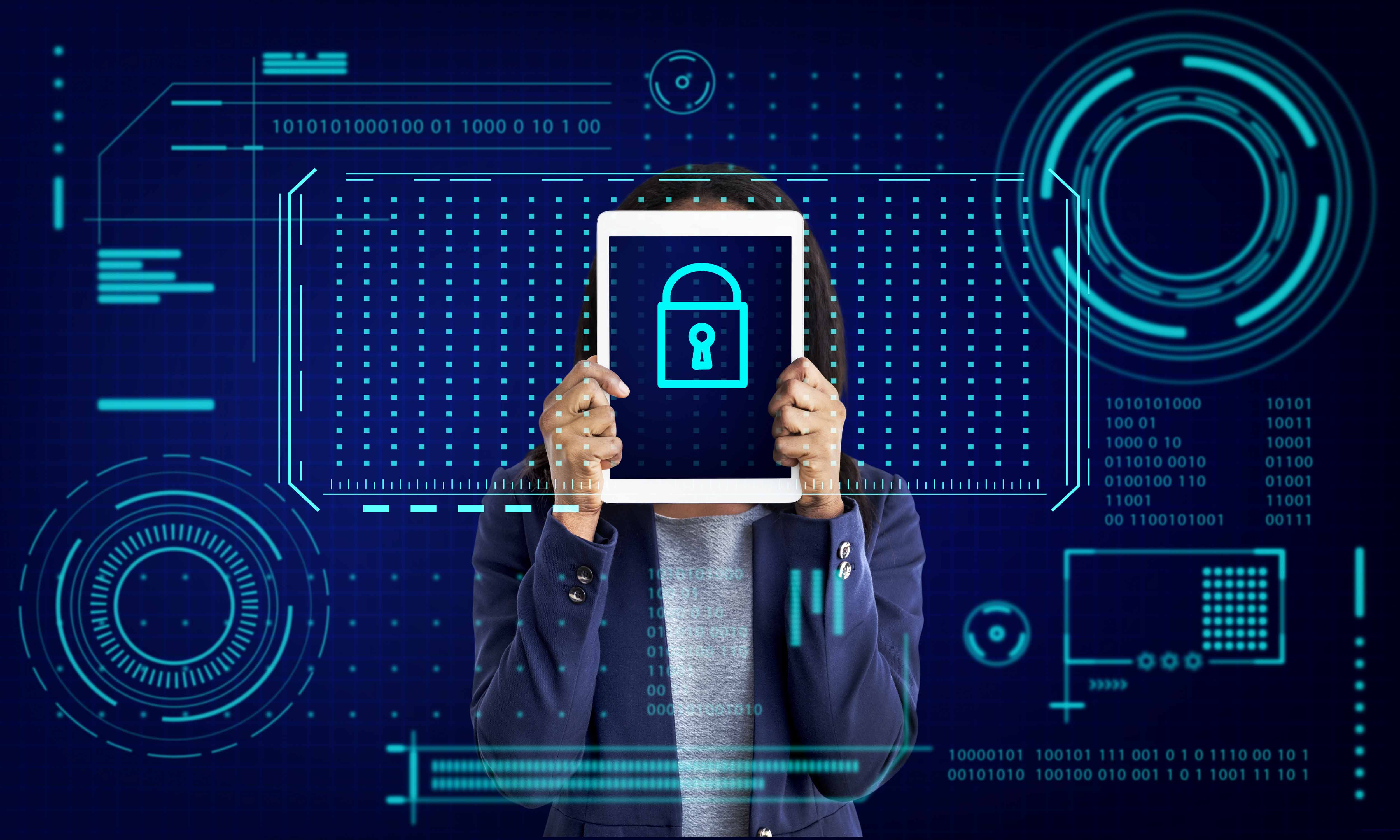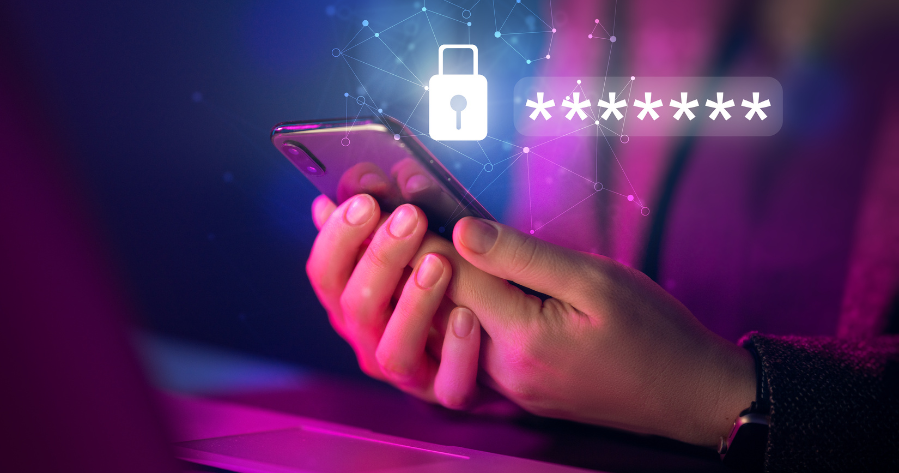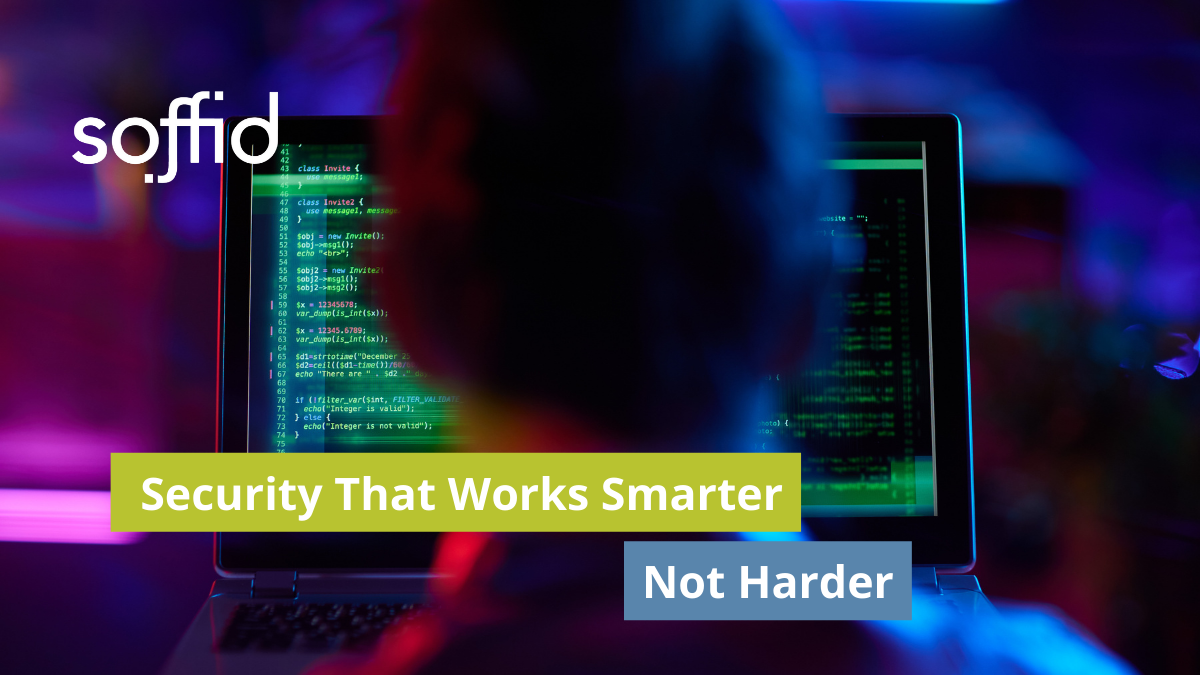On November 30, the International Information Security Day. A celebration that arose in 1988, as a consequence of the first case of malware spreading over the network that was registered in the world, known under the name of “Morris worms”, which affected 10% of the machines connected to the Internet at that time, which was Aparnet.
As a result of this situation the Association for Computing Machinery (DHW), decree that every November 30, all people would be reminded of the obligation and need they have to protect their data from any type of corrupt action that may occur in the digital sphere.
Currently, most of the sensitive information of companies is on the Internet, more specifically in the different clouds. Workers are the first responsible for ensuring this data and not sharing it by any other means that could put the information at risk.
This is designed to create greater awareness of computer security issues and encourage people to secure the personal information stored on their comp.
In order to join the celebration, here we share 7 basic tips that every Internet user should follow.
How to protect your internet security
- Manage your passwords well: It is not only about putting a difficult password in terms of length, but also that it does not have as much relation to you, or at least not as obvious a relationship as your dog’s name or your date of birth. As well as avoiding words that appear in the dictionary. The second thing is to try to vary the password in the different portals, if you want you can have 5 main ones, but not just one for everything.
- Don’t trust the public Wifi: It’s not that you can’t use it to ask questions, watch a video while waiting for the train or read news, but don’t use it in high-risk spaces, such as enter the bank’s page and even enter your social networks or email.
- Always update the software: We all find it tedious that every so often the computer or our website says that we have to update a program or plugin, but normally these updates seek to create patches in gaps that the previous version has left free and that puts our data at risk.
- Don’t download everything from anywhere: A bad habit that netizens have, is that we love the free and that’s why without thinking much we give it to download. Same with emails that have an attachment that looks interesting. First make sure that the website or sender is safe and then download the content.
- The mobile phone is also a computer: You must manage your mobile, just as you do with your PC. That is, download an antivirus and take care of the sites you enter with it.
Cyber security is no longer enough: businesses need cyber resilience
Today, we work from anywhere, on more devices, more networks, facing more risk than ever before. Widespread phishing, malware, ransomware attacks, and other frauds pose a risk not just to individuals or platforms, but to entire economies, governments, and our way of life.
Yet the way we think about securing our businesses and our data hasn’t really kept up. Business resources are often still allocated to defensive cyber security, which is focused on protecting the confidentiality and integrity of data. But these defenses are proving insufficient in the face of attacks that grow more sophisticated by the day. We need cyber resilience in addition to cyber security, and it’s important to understand the difference.
Challenges in the use of maturity models
An assessment-focused framework based on a numerical score can lead to a box-checking culture. But cyber resilience is not about comparison, and there is no final destination. This measurement framework should scale for industry by focusing on the people, processes, and technology required to ensure entire value chains are resilient.
When the National Institute of Standards and Technology (NIST) framework for improving critical infrastructure cyber security was introduced there was a national call to action. Now, society and business is at another turning point. Both public and private organizations are working in entirely new, more digital, more distributed ways, which has further opened the floodgates to cyber risk. The May 2021 Presidential Executive Order states that: “The United States faces persistent and increasingly sophisticated malicious cyber campaigns that threaten the public sector, the private sector, and ultimately the American people’s security and privacy.” It calls for a public-private partnership to make the bold changes necessary to protect hybrid cloud infrastructures.
And like the NIST Framework, it’s important that a new, scalable cyber resilience framework is developed out of just such a partnership, fit for organizations to use across industries. So consider this an open call: can we come together to establish this framework? Can we make cyber resilience a part of business as usual? We need to work together, to make everyone stronger.
Sources:
(1) World Economic Forum
(2) Marketing Research Telecat
(3) Security Info Tech
Pictures: <a href=’https://www.freepik.es/fotos/personas’>Foto de Personas creado por rawpixel.com – www.freepik.es</a>





